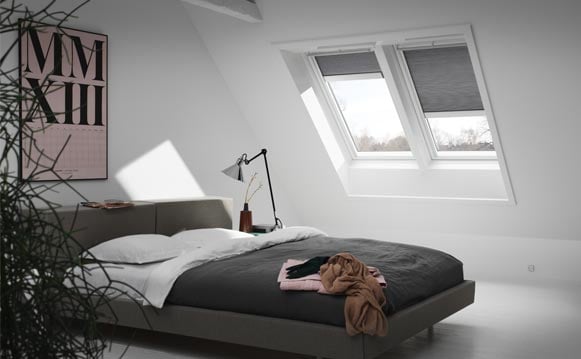PLAN YOUR PROJECT
Going up or out?
When considering extending your home, there may be more to consider than the amount of space required or how much value it might add to your property.
Other key considerations should be:
- What will I use the space for?
- How do I maximise daylight in the space?
- How does the space interconnect with the rest of the house?
- How will this project fit in with longer term plans?
- How much will it cost and is it value for money?
Generally speaking a loft conversion is cheaper than building an extension, but whether it adds value to your needs and ultimately to the house itself, depends on the size, shape and layout of the house and the type of roof.
The two key considerations for a loft conversion are usually available headroom and staircase position, whereas the two key considerations for an extension are usually available area (you can only develop up to 50% of the garden under current planning rules) and building position.

There is a perception that converting the loft can unbalance a house because a loft provides more bedroom space whereas an extension provides more living space. However, if you change your mind set and treat each room as a space, rather than a bedroom or a dining room etc. this broadens the potential not just for the conversion or extension, but for the whole house.
When considering a loft conversion, you may look into your loft and see timbers criss-crossing all over the place. This may seem like an insurmountable task to rectify, but it may not be as expensive as you think to take off the entire roof and fit brand new attic trusses. This obviously costs more than trying to convert an existing loft structure, but attic trusses will provide a structurally sound, clear and usable space and it may still be cheaper to do this than build an extension.
When considering an extension, you may look out your rear windows into your garden and see that there is not enough space to build what you need without spoiling the use of the garden, or indeed the view. Consideration could then be given to a narrower extension, or maybe a 2 storey extension to reduce the footprint of the build. This however, may restrict your intended use of the new space and so a balance is required between required space, loss of amenity and cost.
House types
The next consideration is how well daylit and how well ventilated the new addition will be. Research has shown that a daylight factor of 4% is perceived as a daylit space.
Daylight factor is quite simply, the amount of available daylight outside, compared to the amount inside hitting a surface 850mm above the floor.
Also, natural ventilation is very important to flush out all of the impurities in the air and supports the need to create a healthy indoor climate. It is recommended that a house is aired 3 times a day for best effect.
A final key consideration is whether the project is a stepping stone towards where you want to be, or is it a one off project to accommodate your current needs. This is why consideration of the balance and interaction of use of space is important, so that the project doesn’t end up as a compromise, but becomes an integral part of the home.